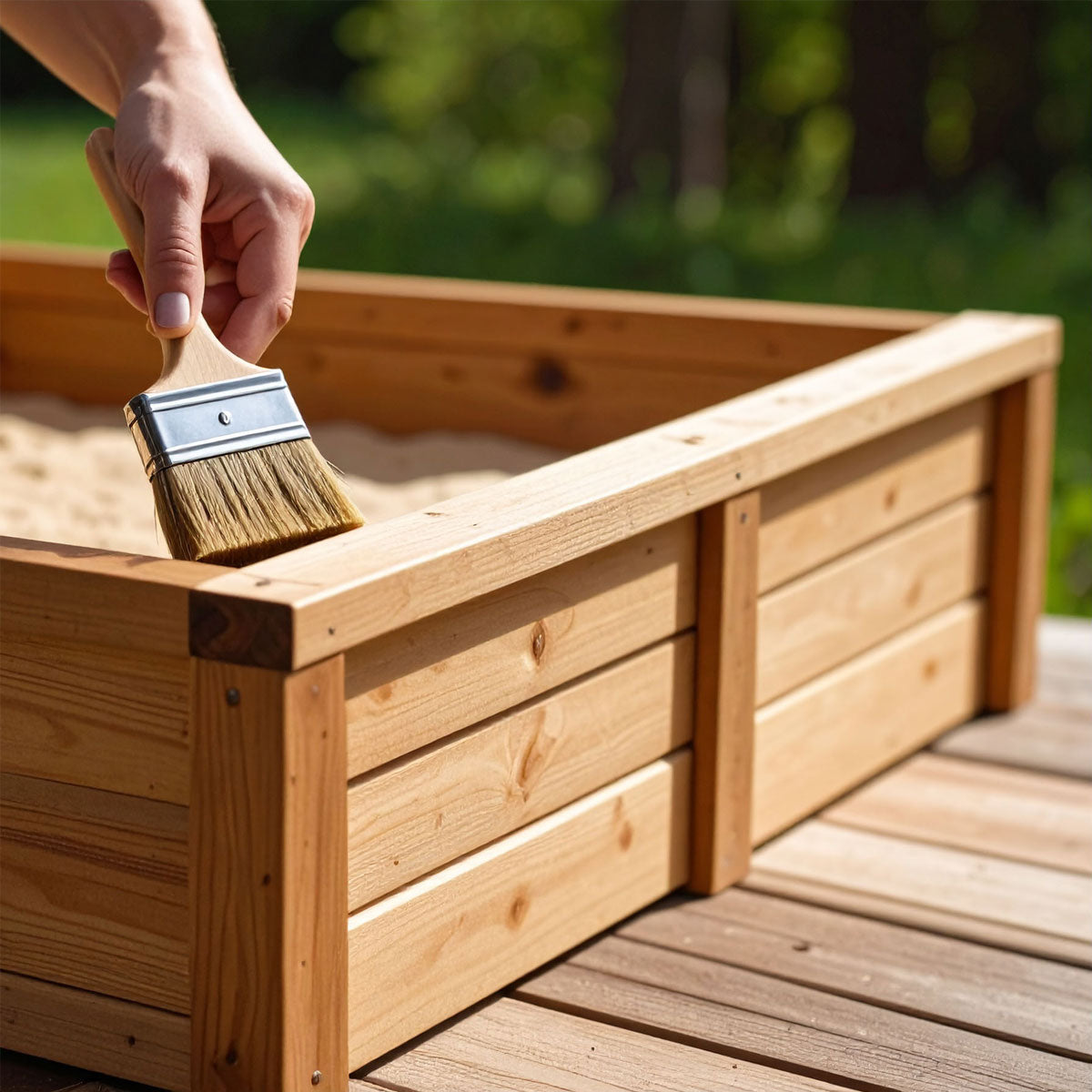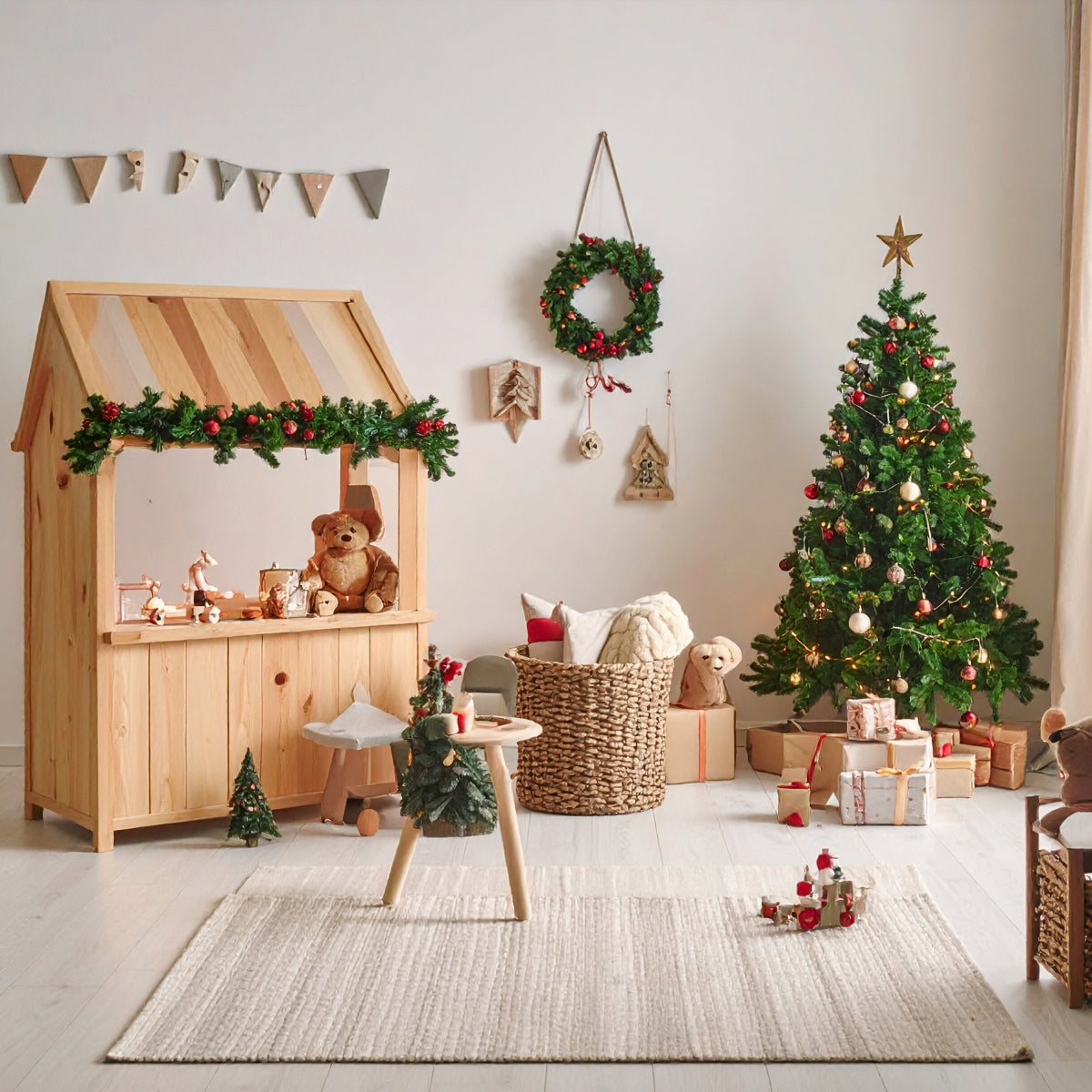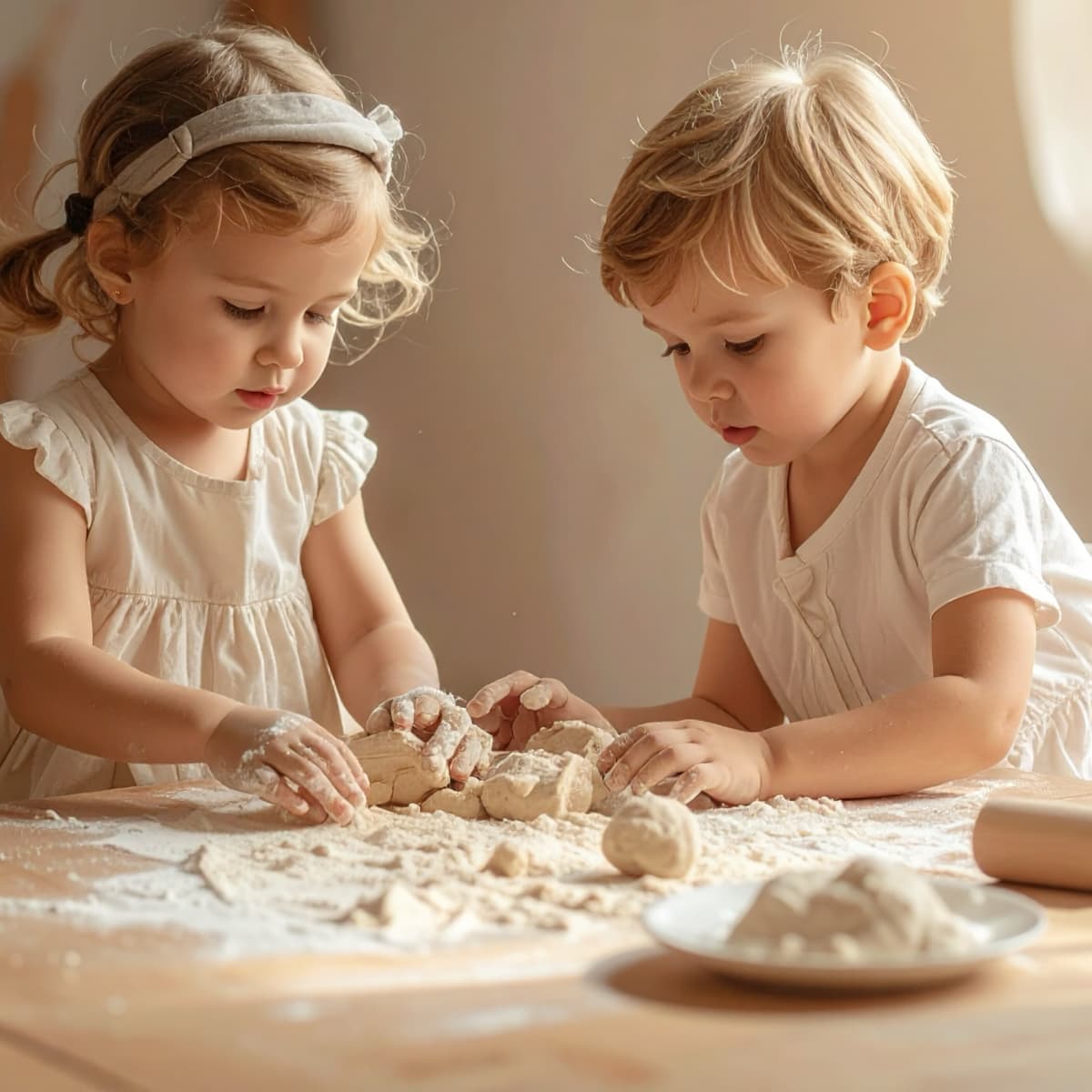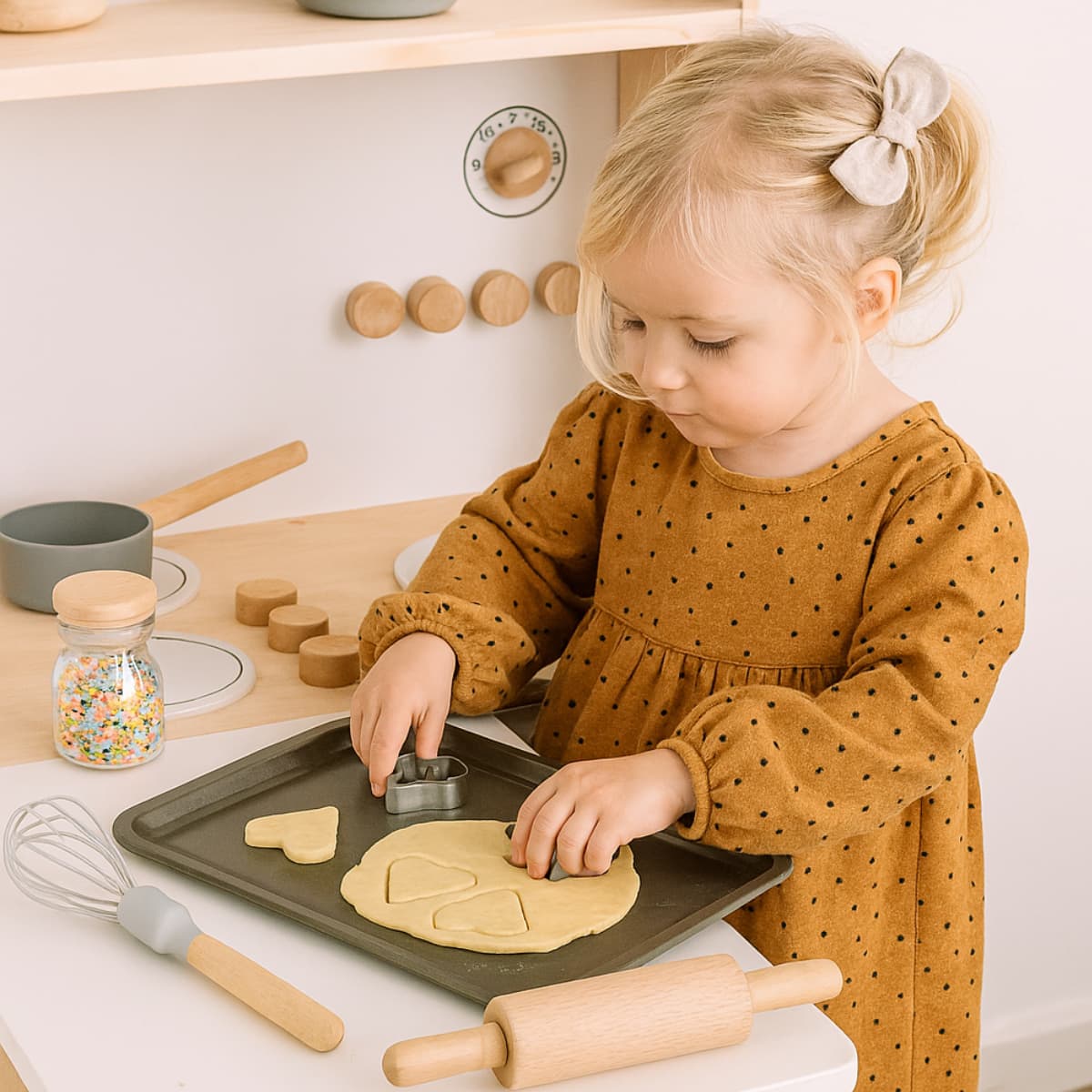
Children’s Kitchen & Sustainability – How Play and Environmental Awareness Go Hand in Hand
The children’s kitchen is a beloved space for roleplay, imagination, and shared discovery. But it can be much more: it’s a wonderful opportunity to introduce early ideas of environmental awareness – gently and playfully. In this post, we explore how sustainability can be woven into kitchen play and how simple ideas can help children connect with mindful living.
Why Sustainability Matters in Play
Children learn by imitation. What they experience in play shapes how they see the world. When the children’s kitchen includes thoughtful use of materials, “shopping” without packaging waste, or “cooking” with seasonal ingredients, it naturally introduces sustainable thinking – in a way that’s age-appropriate and fun.
Eco-Friendly Materials for the Children’s Kitchen
A sustainable play environment starts with the materials:
-
Wood instead of plastic: Wooden dishes and accessories are durable and pleasant to touch
-
Natural textiles: Aprons, oven mitts, and shopping bags made from cotton or linen are sturdy and versatile
-
Recycled packaging: Empty tea tins, small jars, or cardboard boxes become play containers – decorated with homemade labels and imaginary names
-
Felt fruit and fabric vegetables: Handmade ingredients from fabric scraps encourage creative cooking and avoid brand imitation
All materials should be child-safe – no small parts or sharp edges.
Play Ideas with an Environmental Twist
1. Seasonal Market Stall Children “sell” fruits and vegetables that match the current season. They learn that strawberries in winter aren’t always available.
2. Sorting Waste Together After “cooking,” children help clean up: paper, plastic, and compost go into separate bins. It teaches tidiness and environmental care.
3. Packaging-Free Shopping Using cloth bags and containers, children “shop” in the toy store. They discover that play doesn’t need disposable packaging.
4. Creative Use of Leftovers “What can we make from leftover rice?” Children invent new dishes and learn that leftovers aren’t waste.
5. Herb Garden in the Play Kitchen A small pot of chives or basil on the windowsill becomes part of the game – and shows how food grows.
Sustainability as a Family Value
The children’s kitchen can be a starting point for sustainable habits at home:
-
Crafting accessories together from everyday items
-
Talking about food, where it comes from, and how it’s packaged
-
Playing with a focus on mindfulness and appreciation
It’s not about perfection – just small steps that spark curiosity and awareness.
Conclusion
Sustainability starts small – and the children’s kitchen is the perfect place. With natural materials, creative play ideas, and gentle guidance, it becomes a space that’s not only fun but also meaningful. Roleplay turns into a learning experience for environmental care and responsibility.






Leave a comment
This site is protected by hCaptcha and the hCaptcha Privacy Policy and Terms of Service apply.